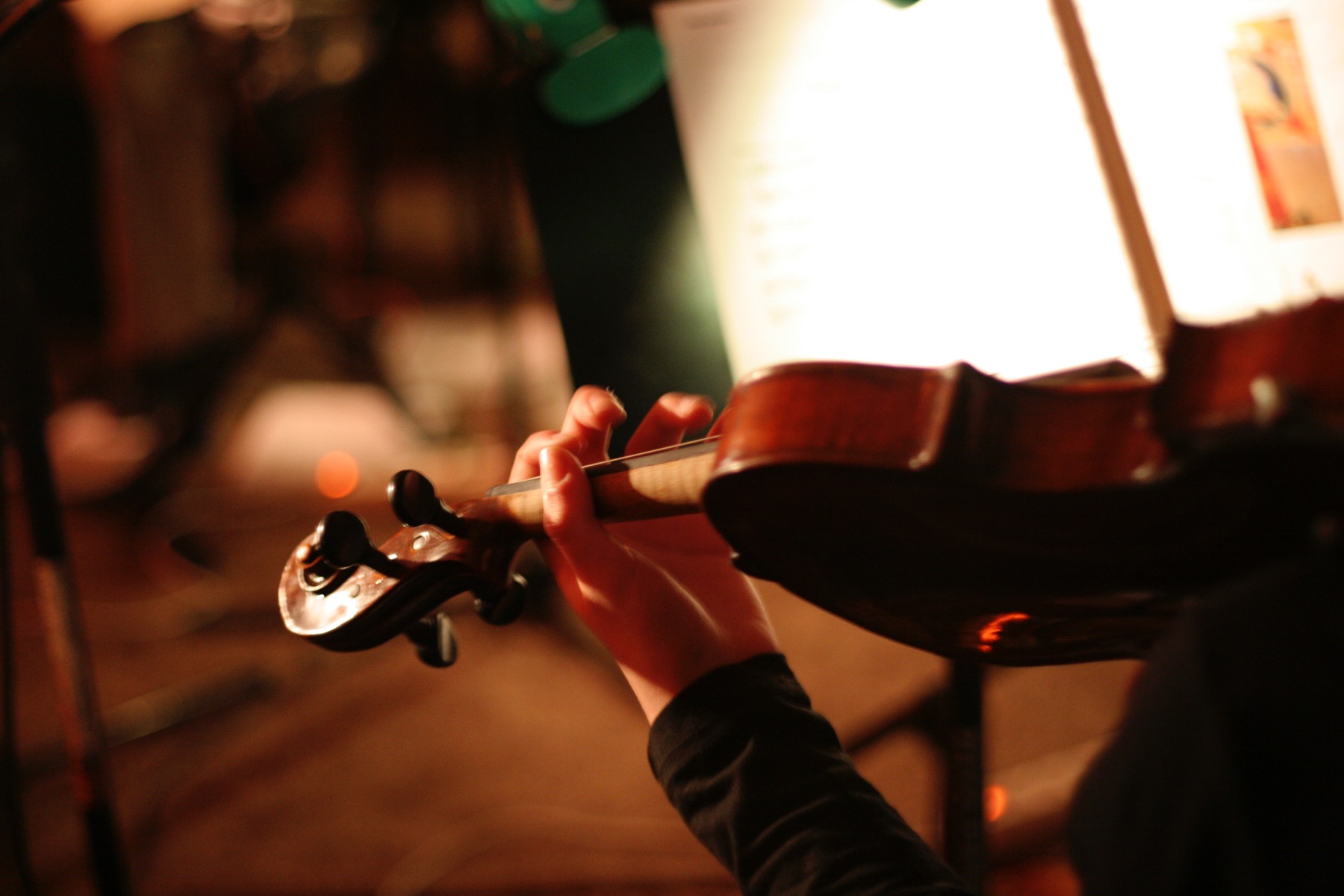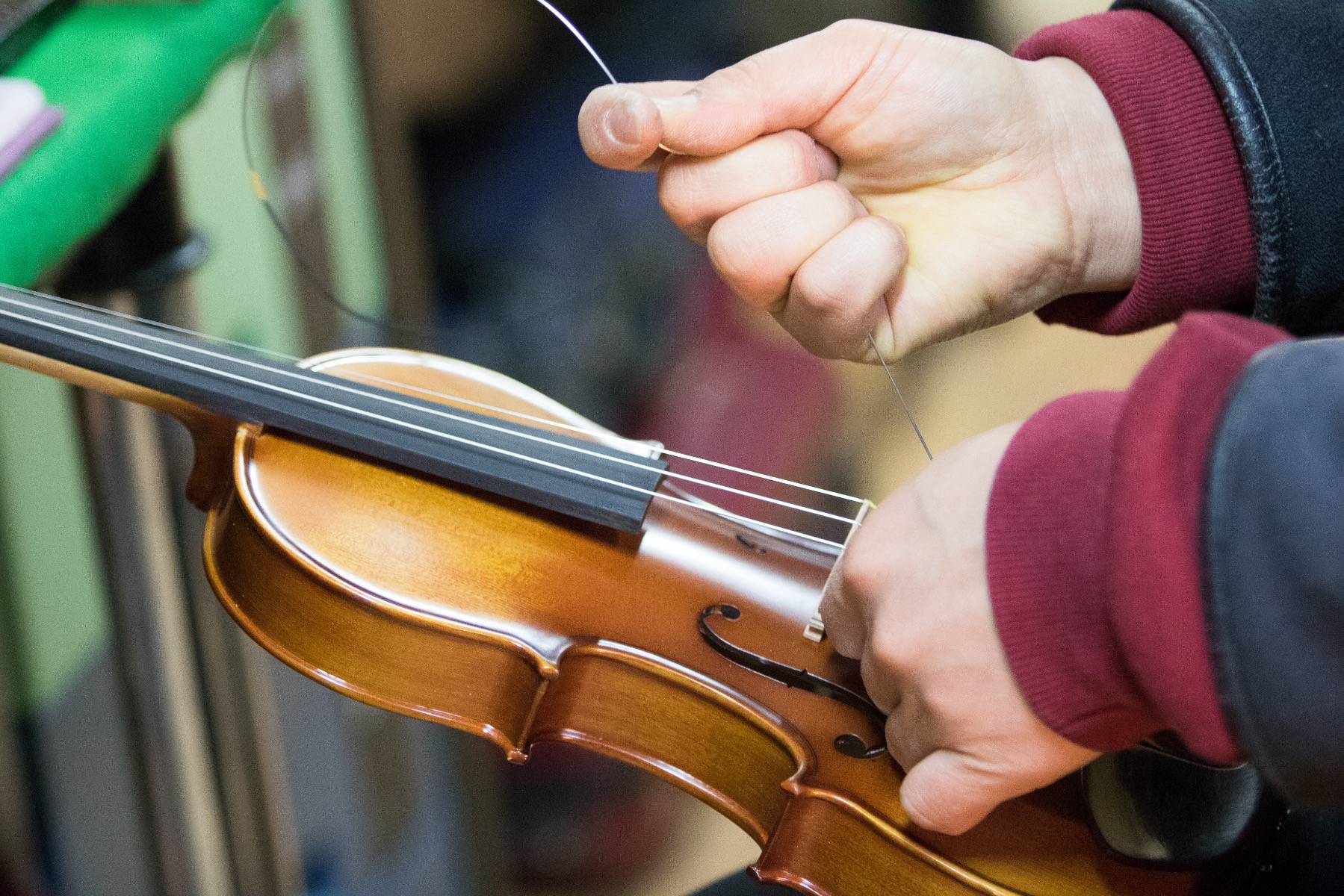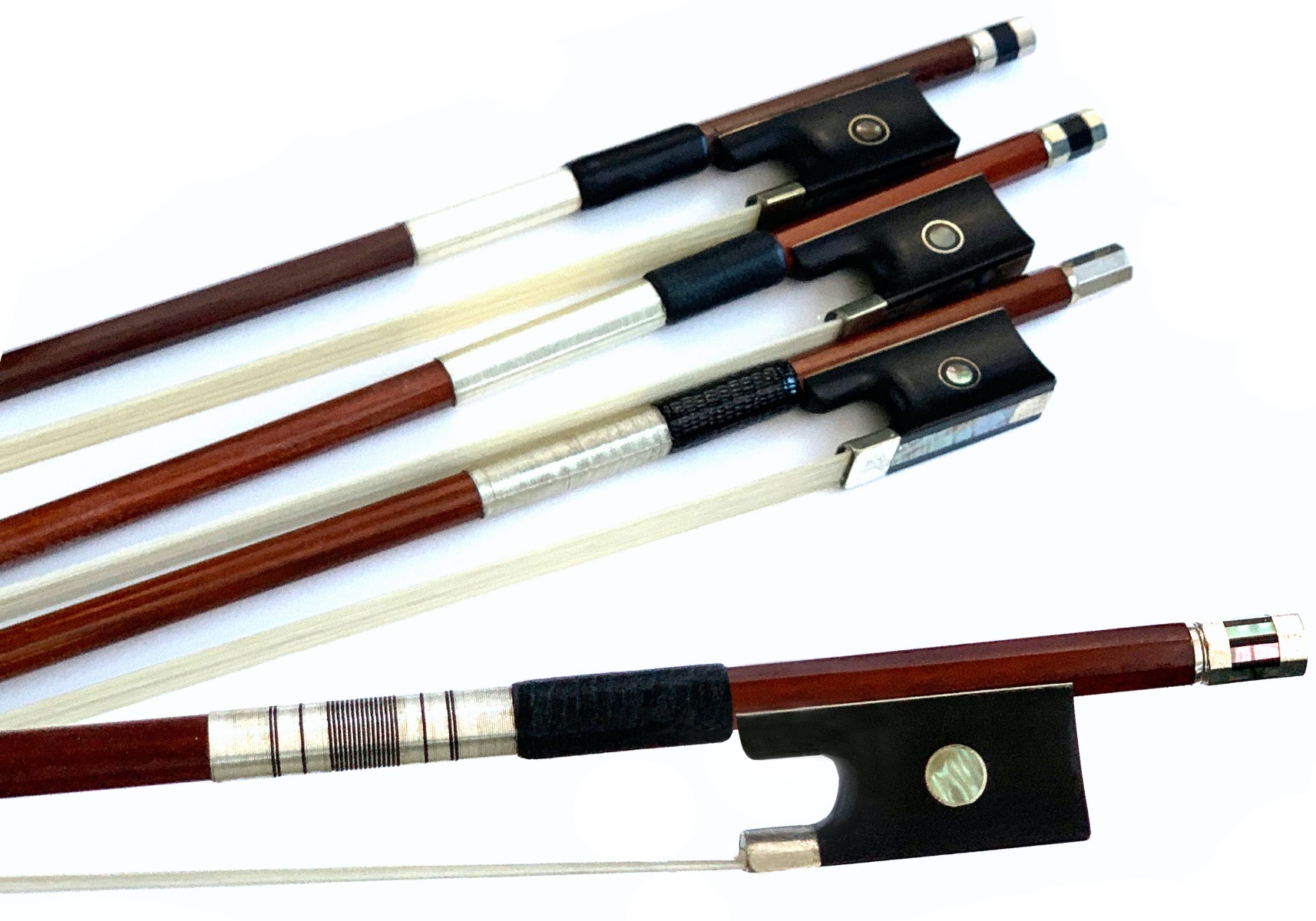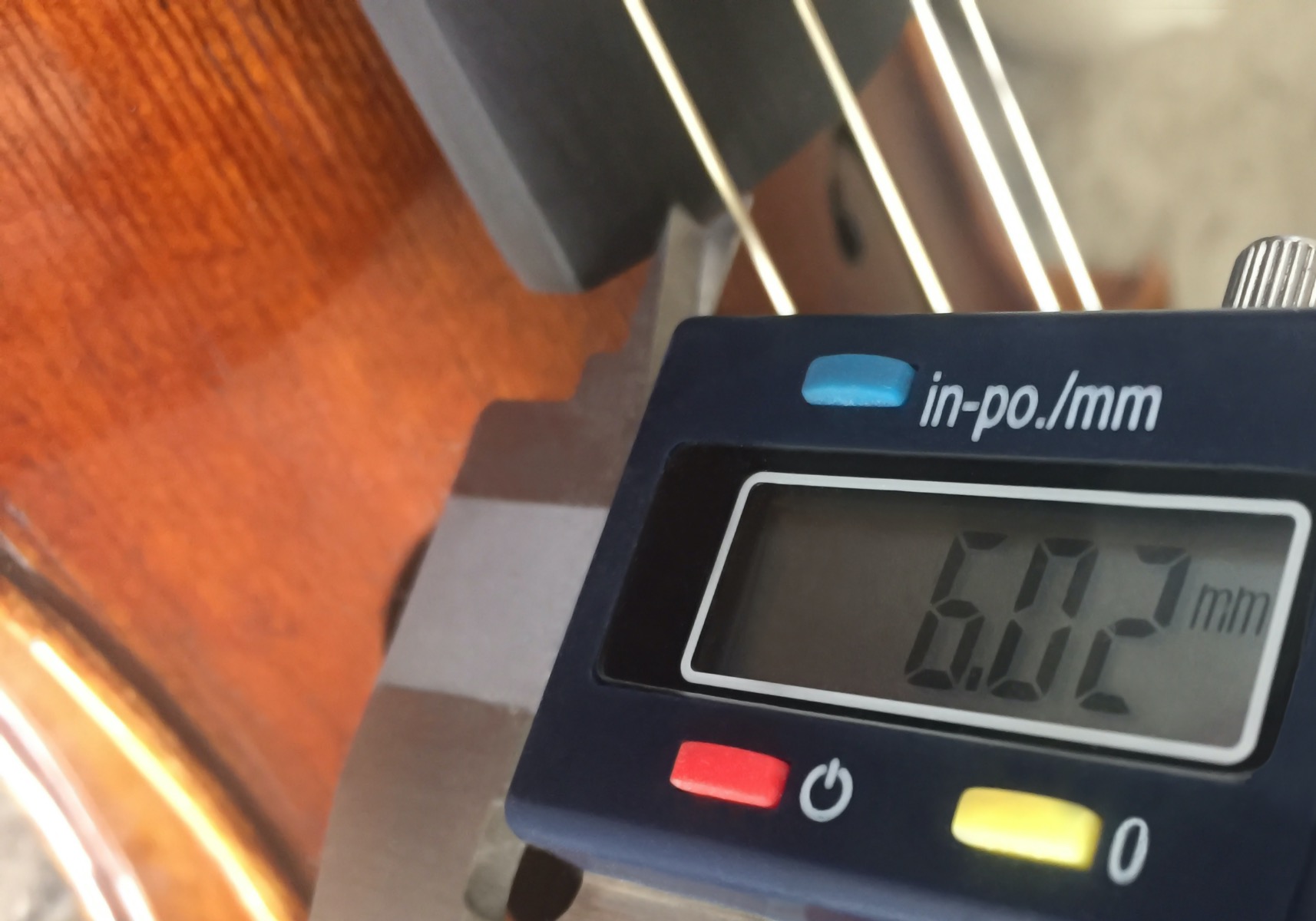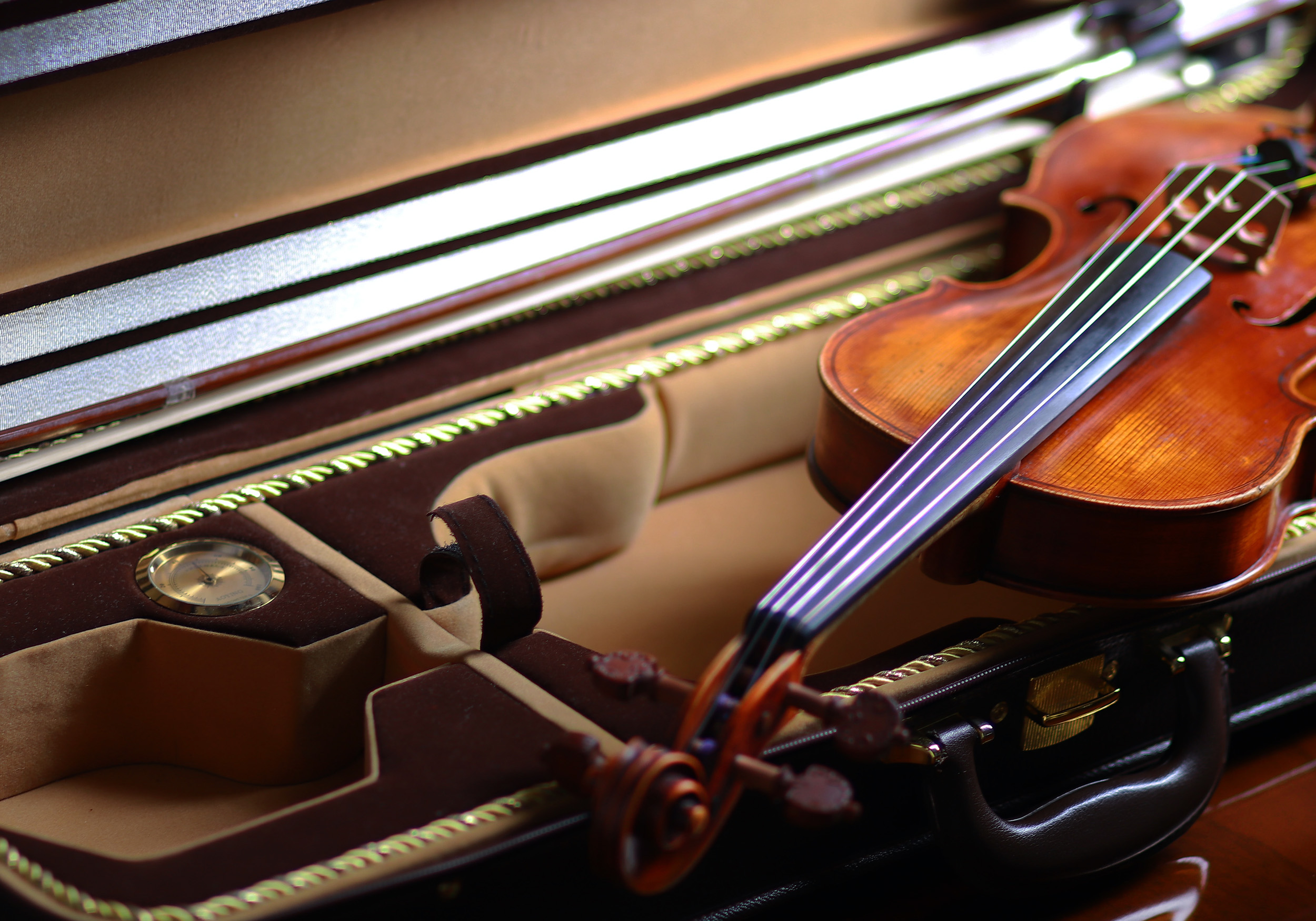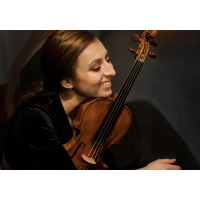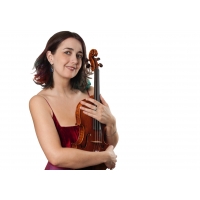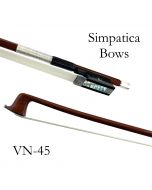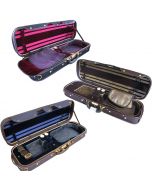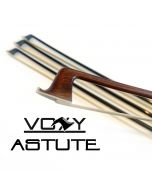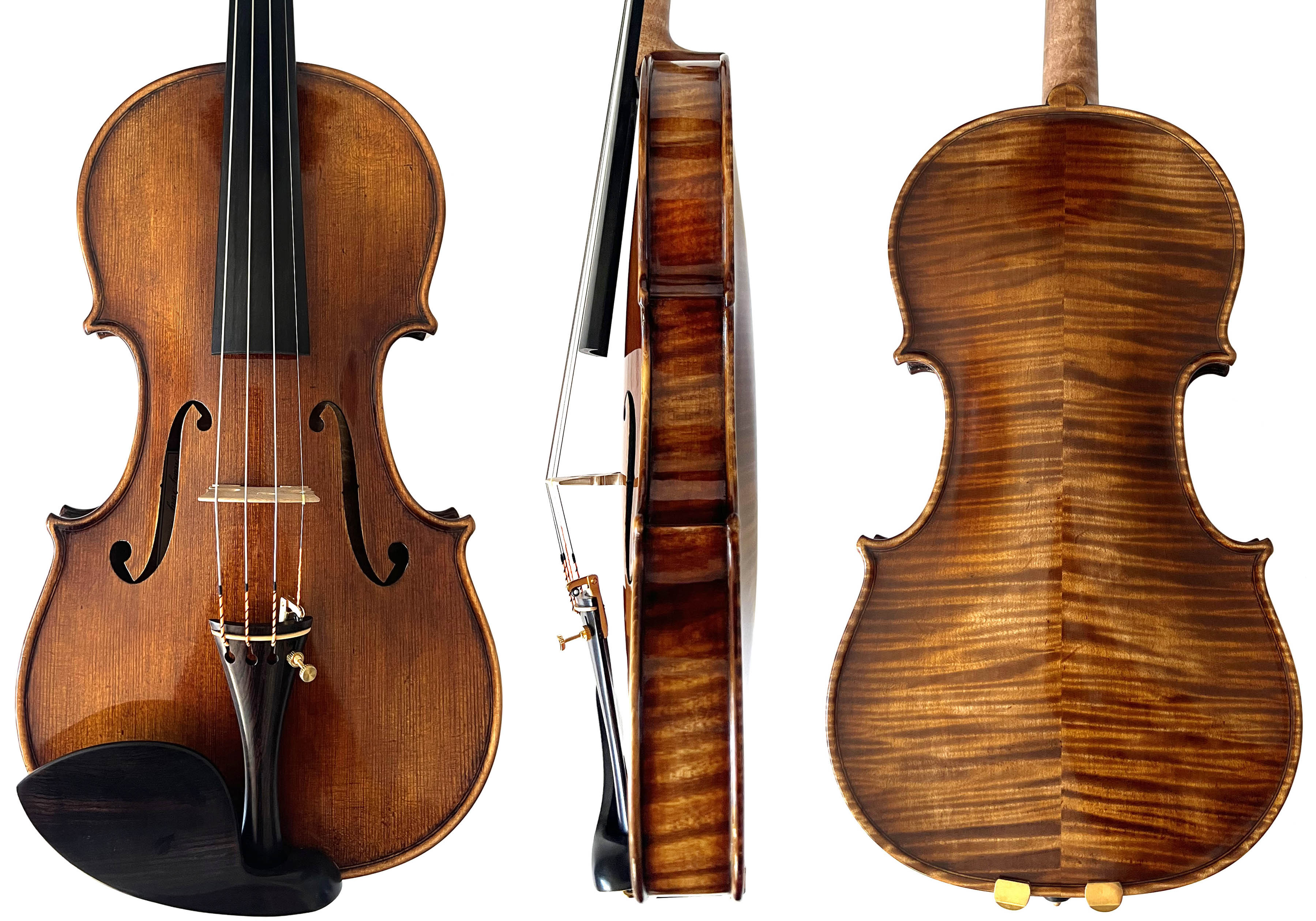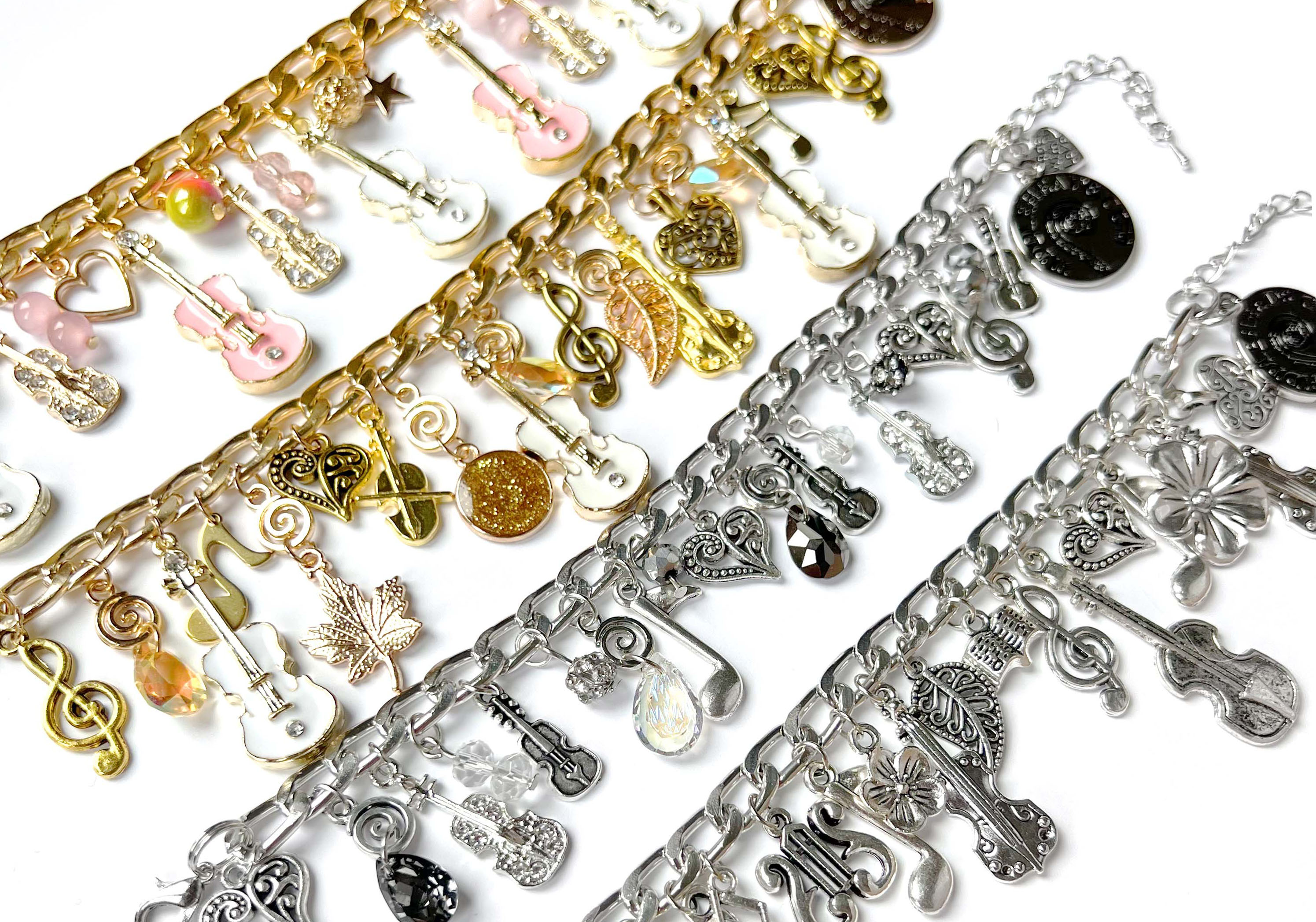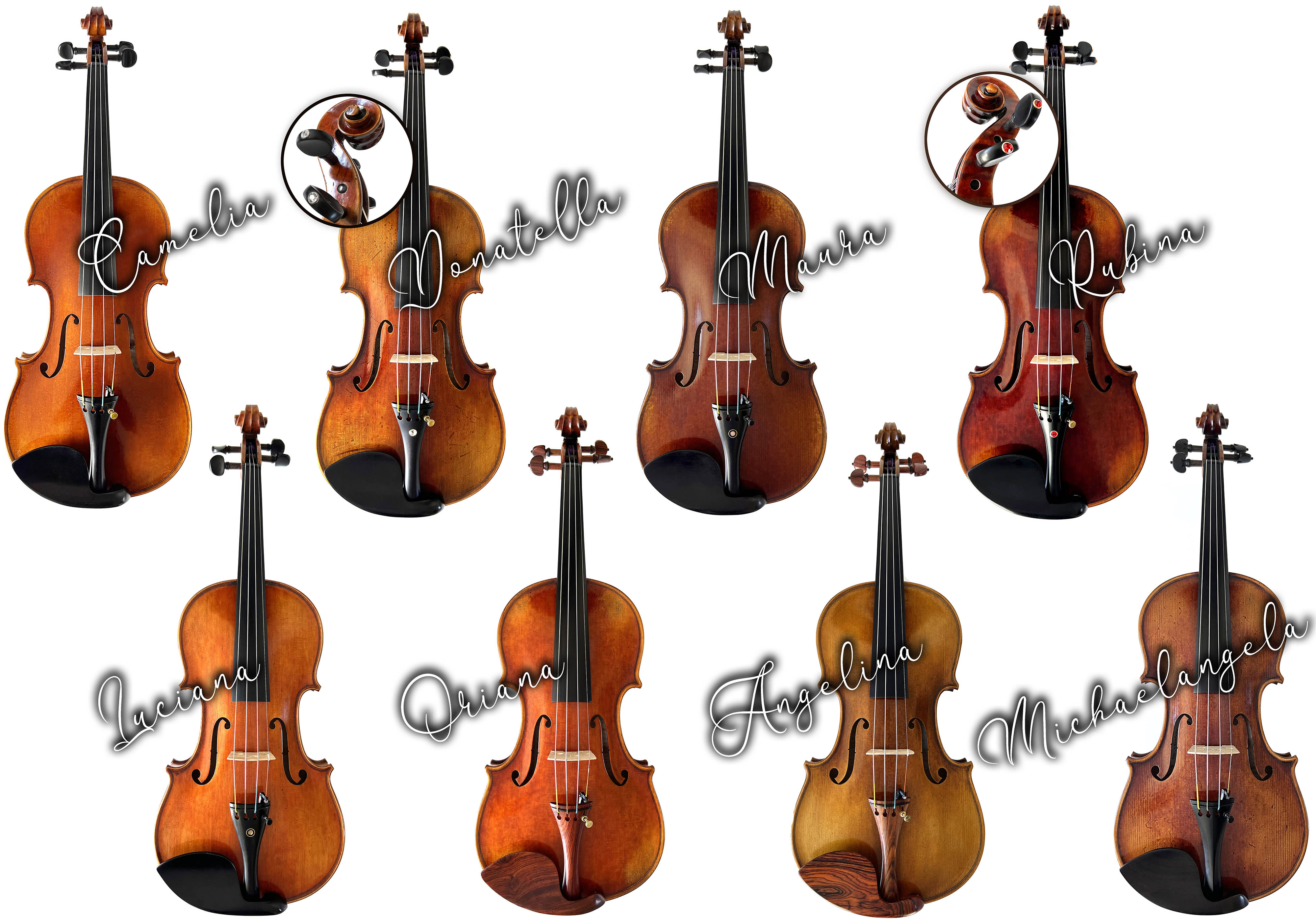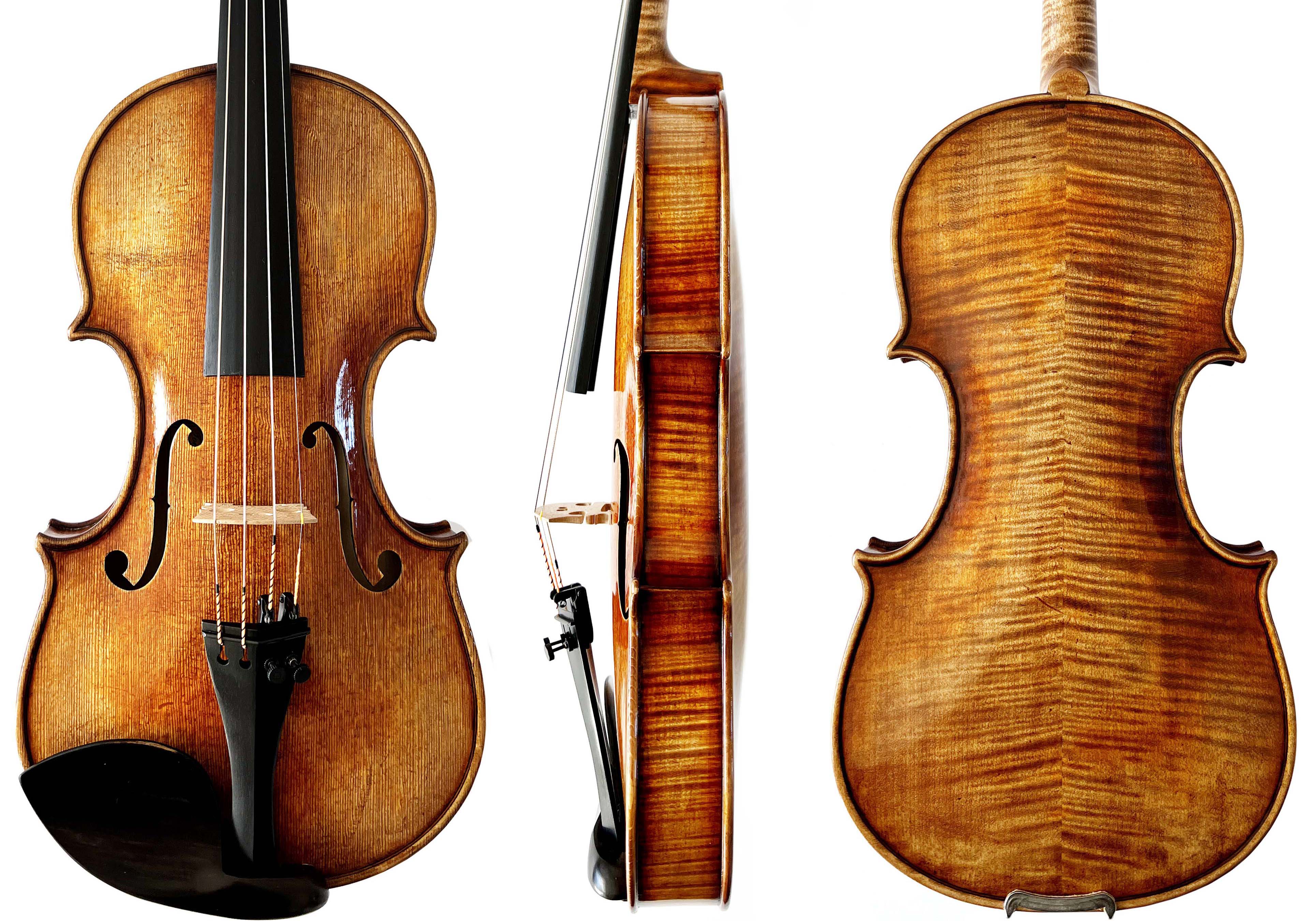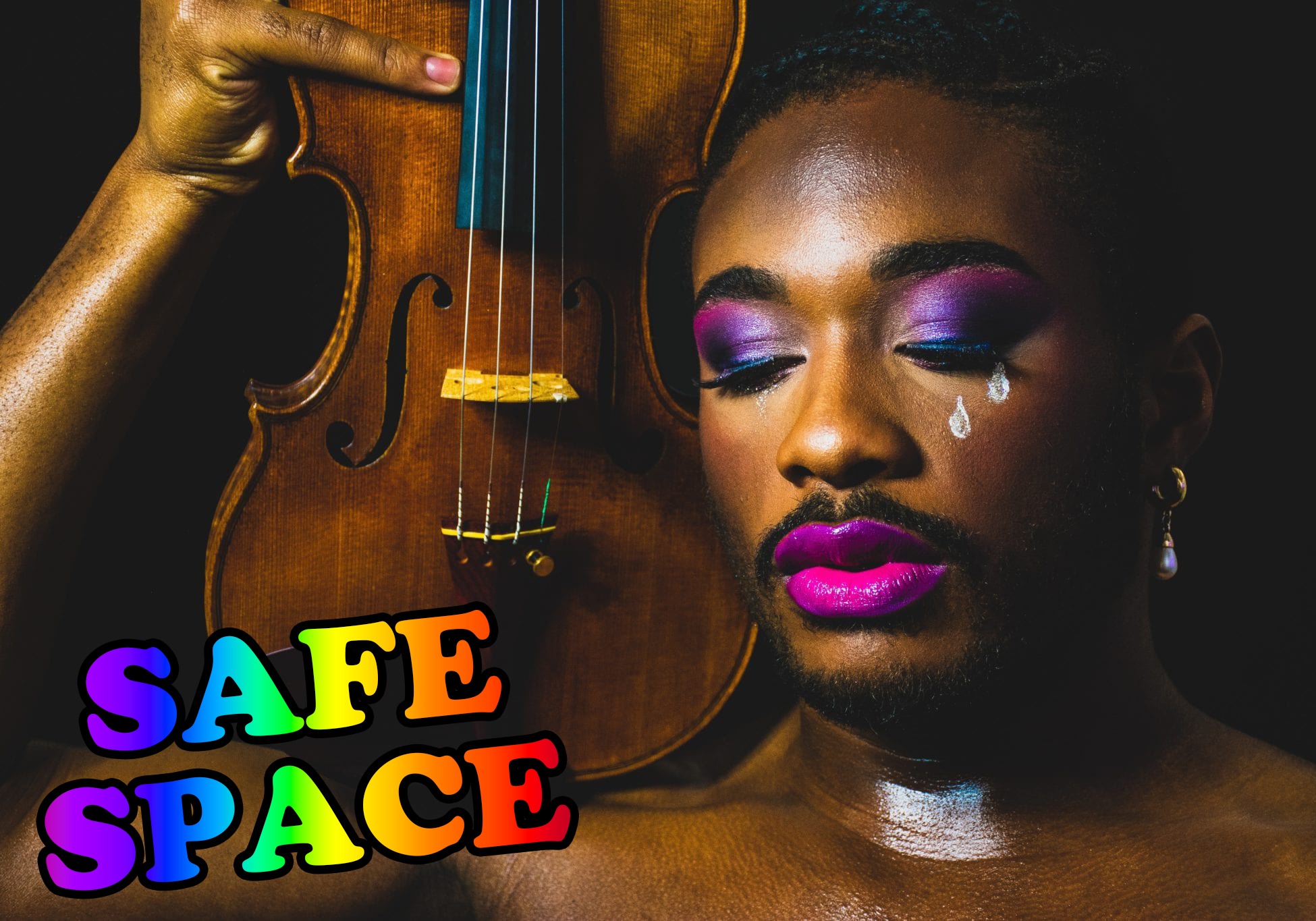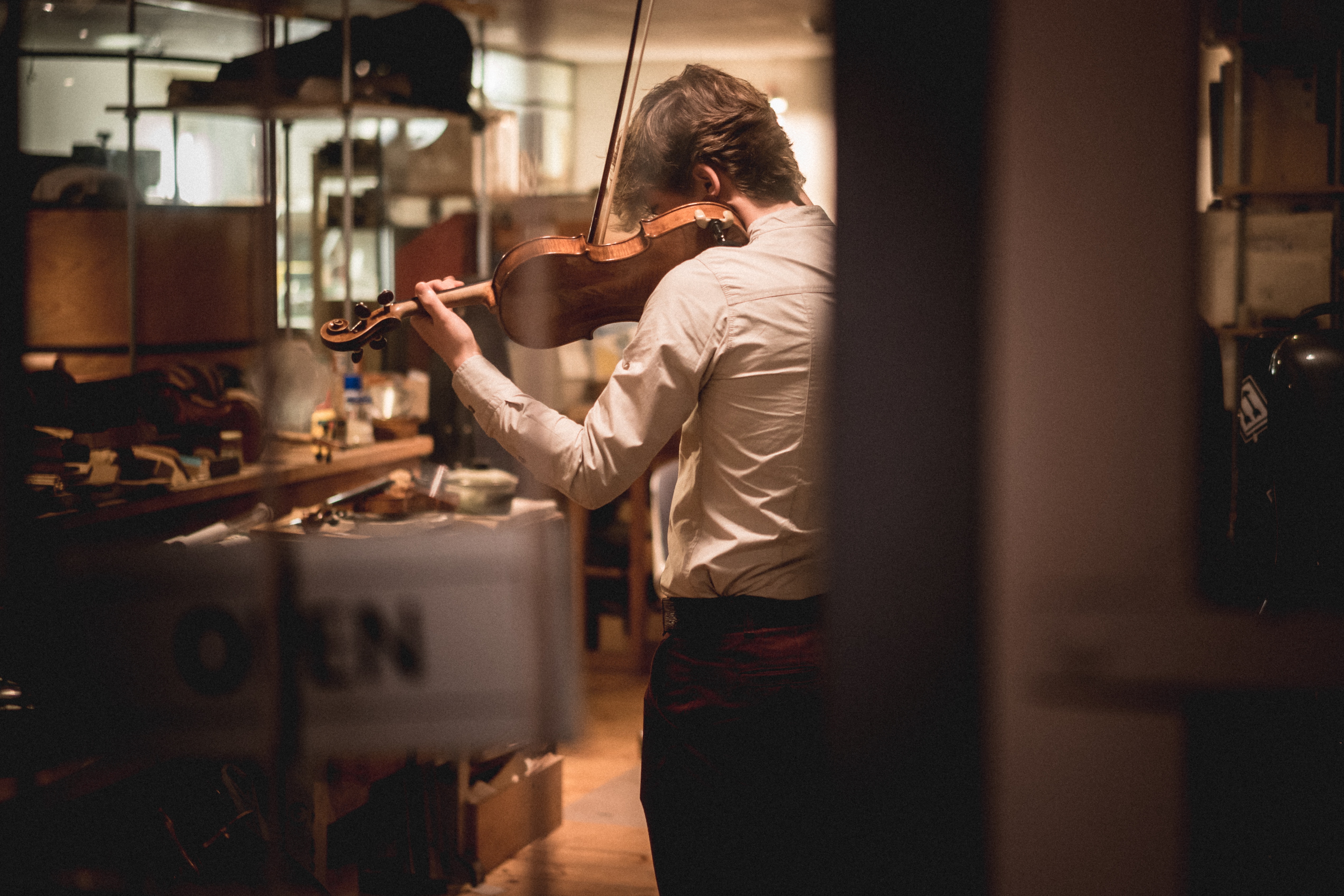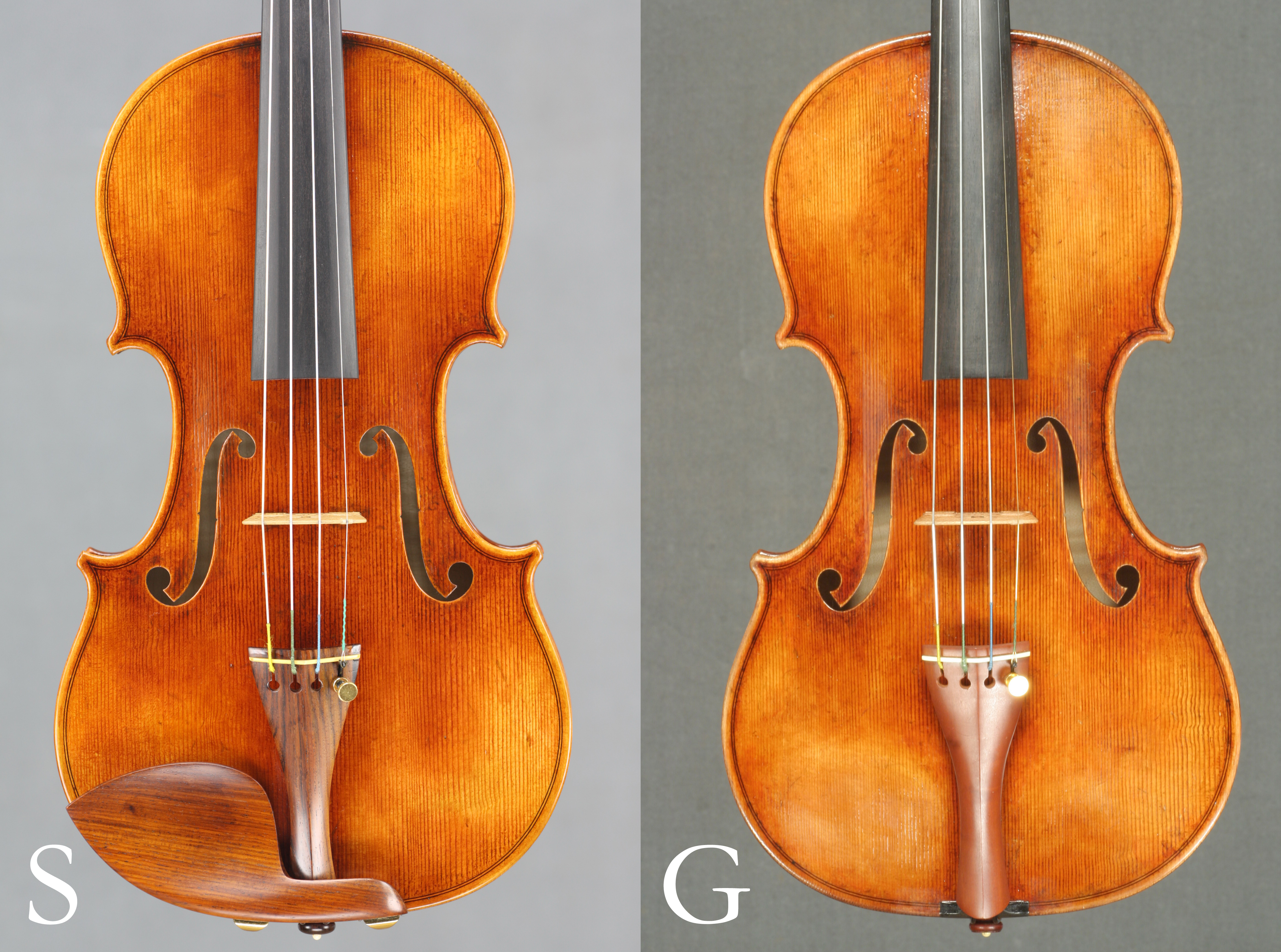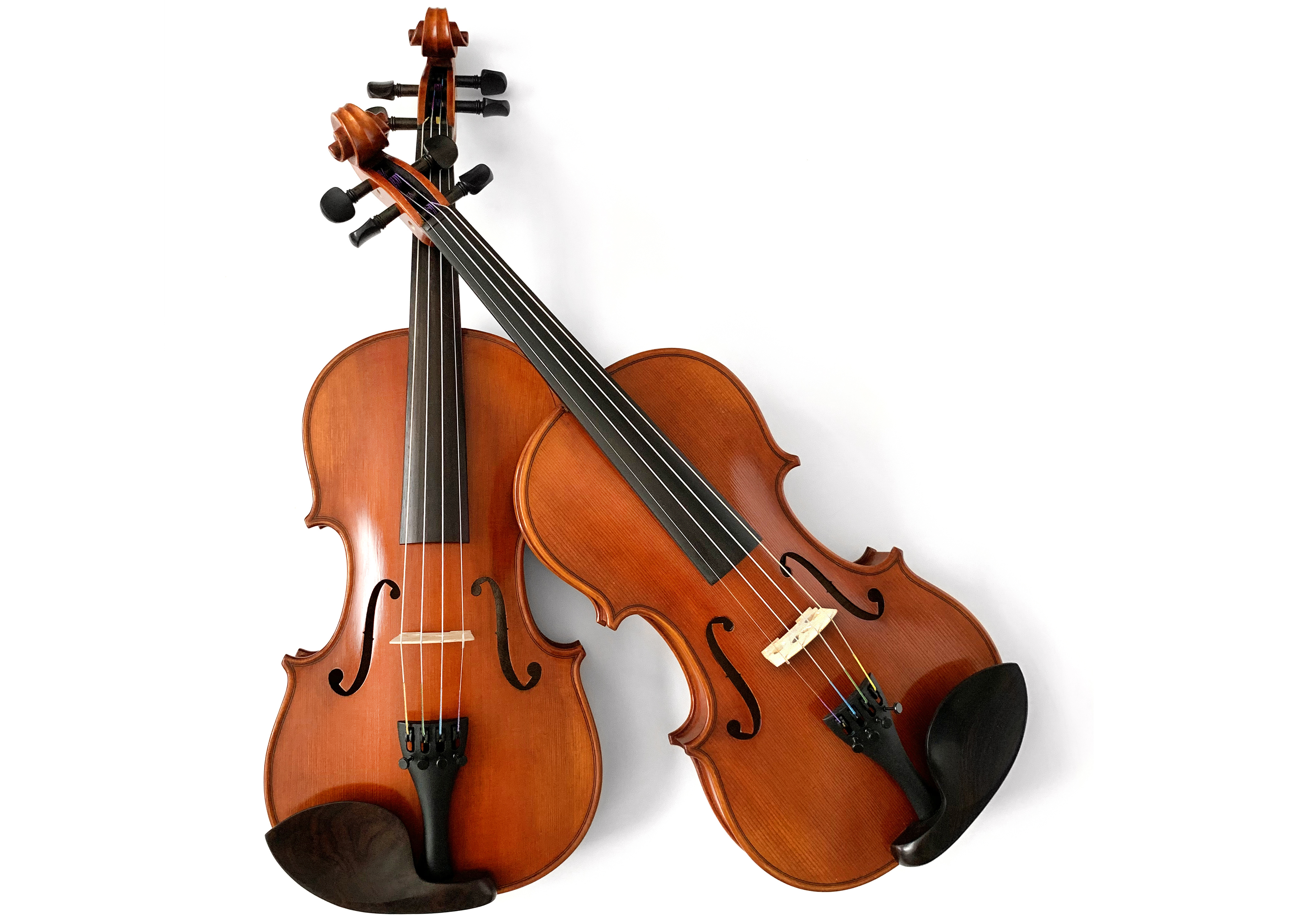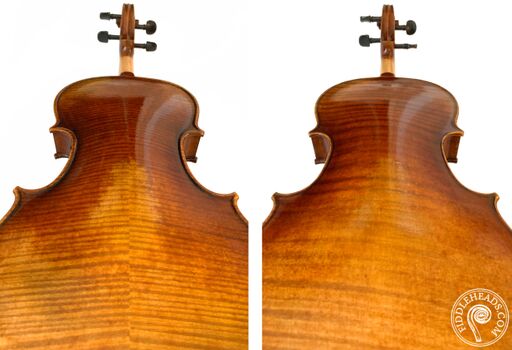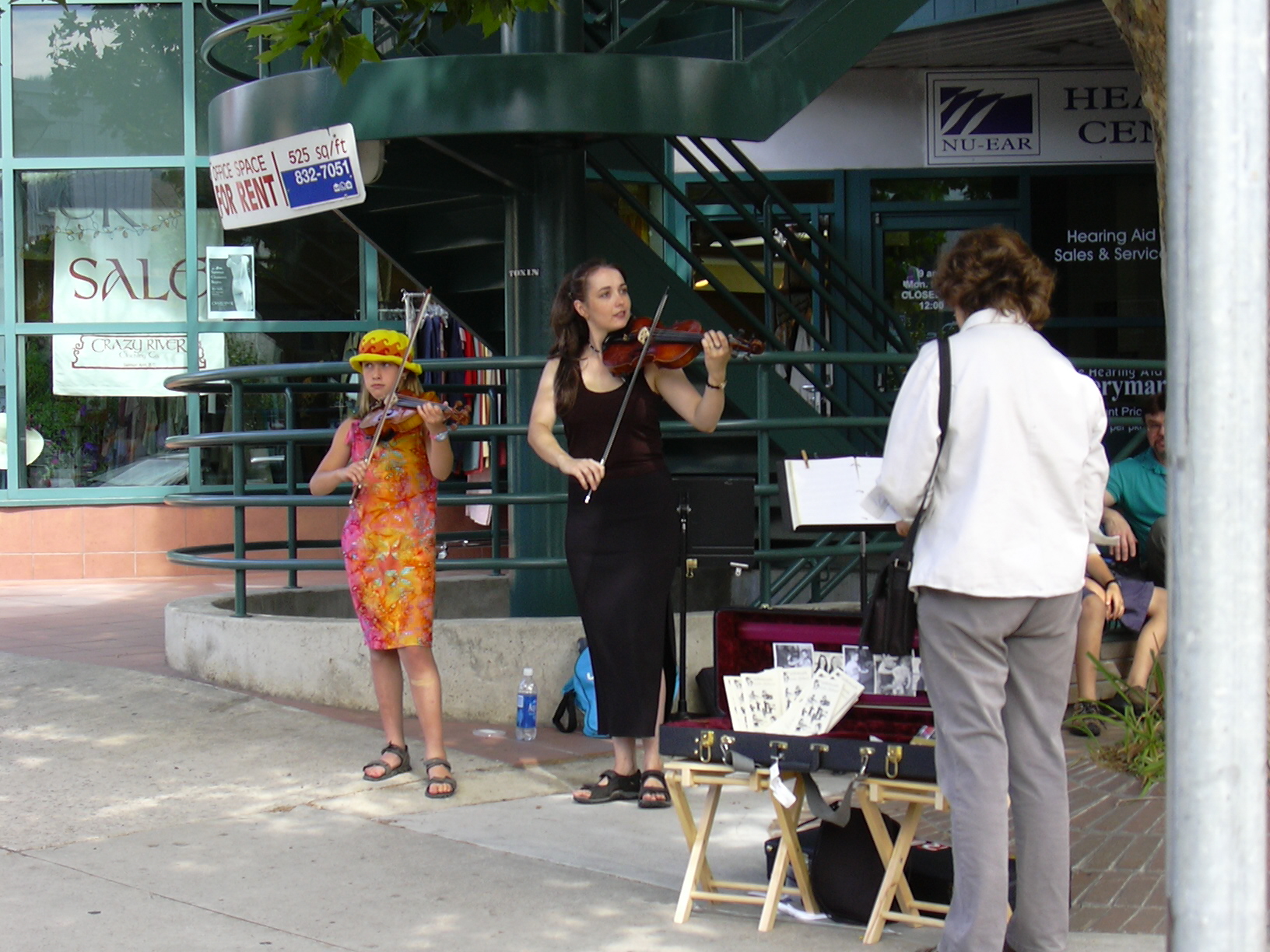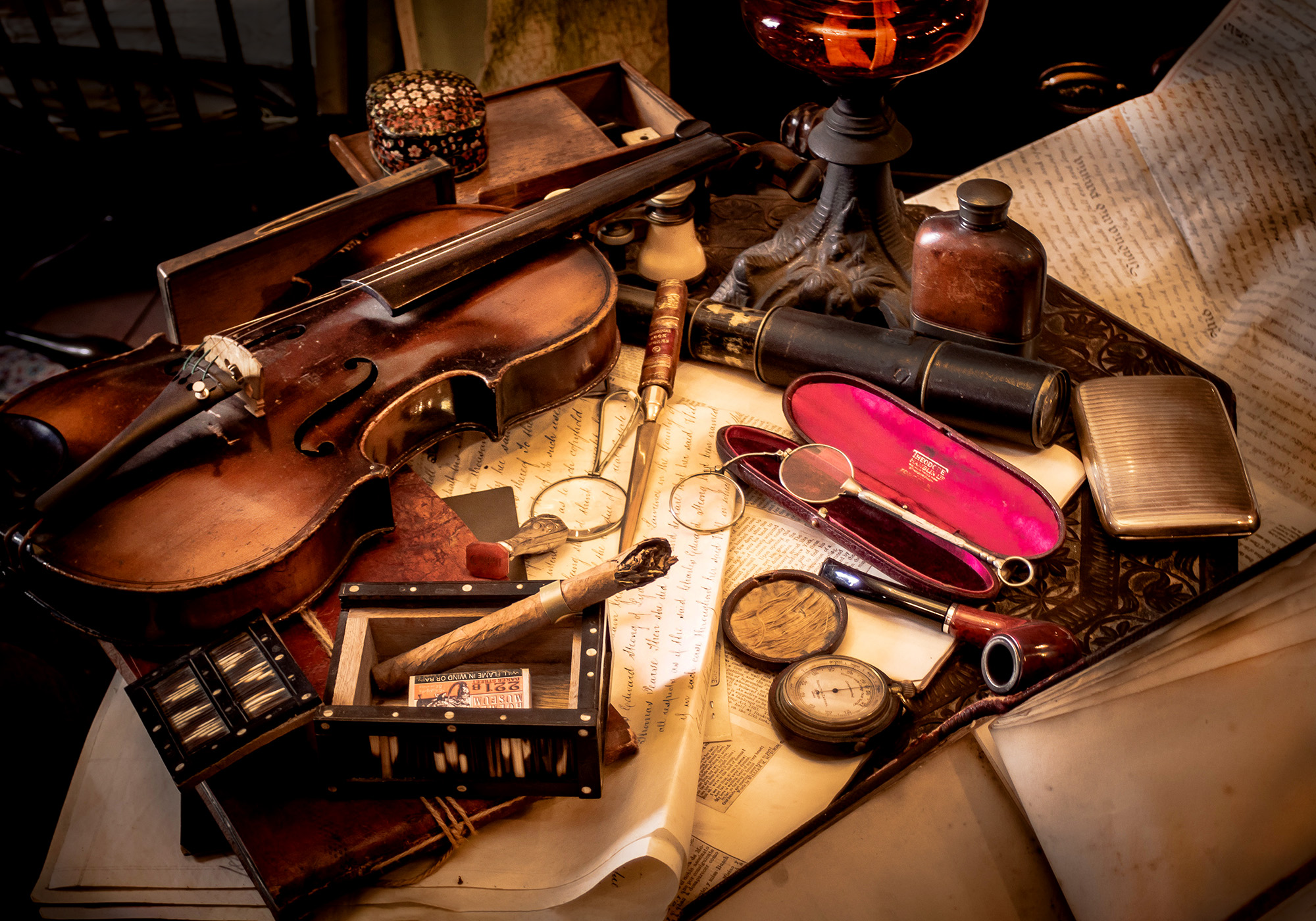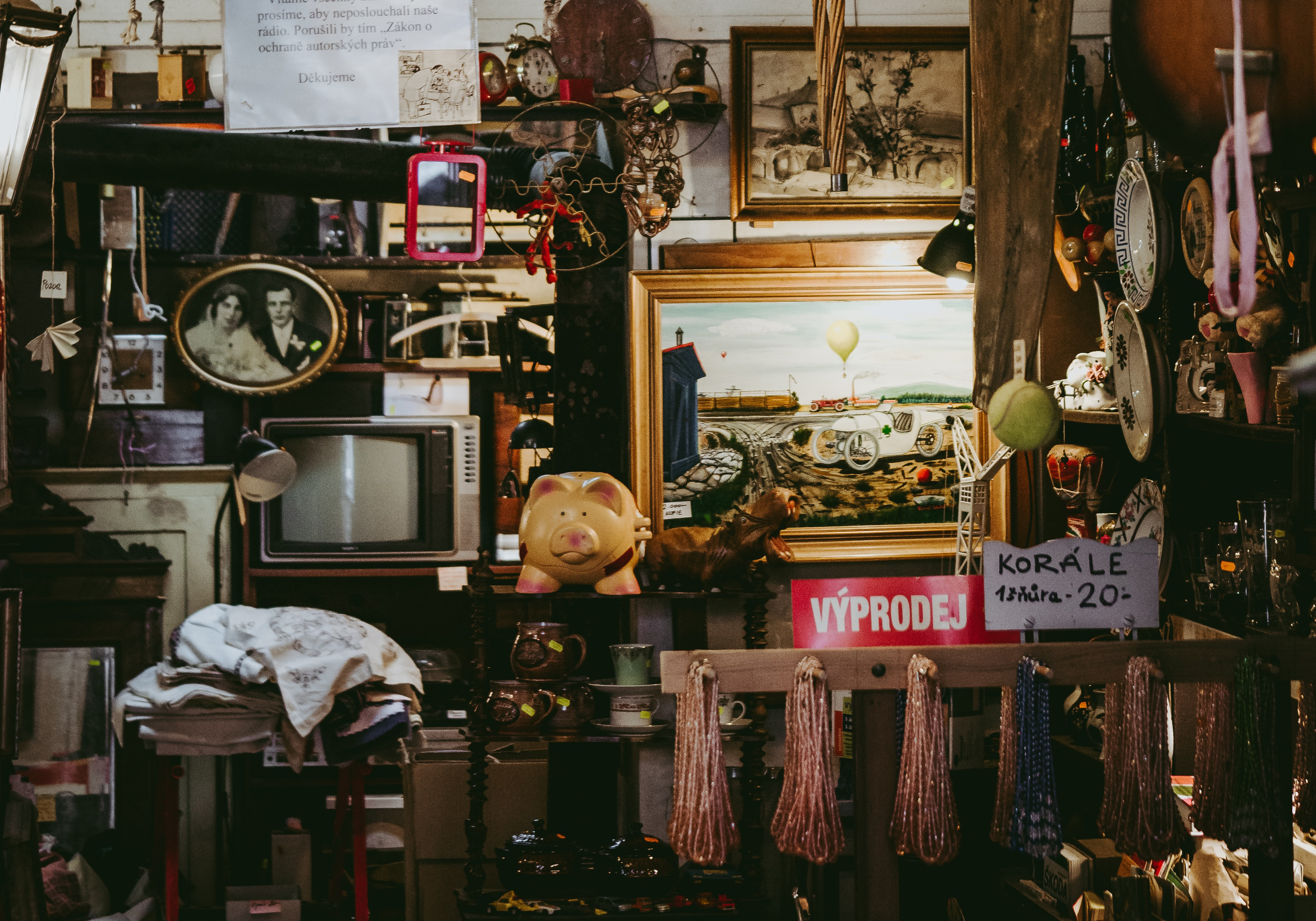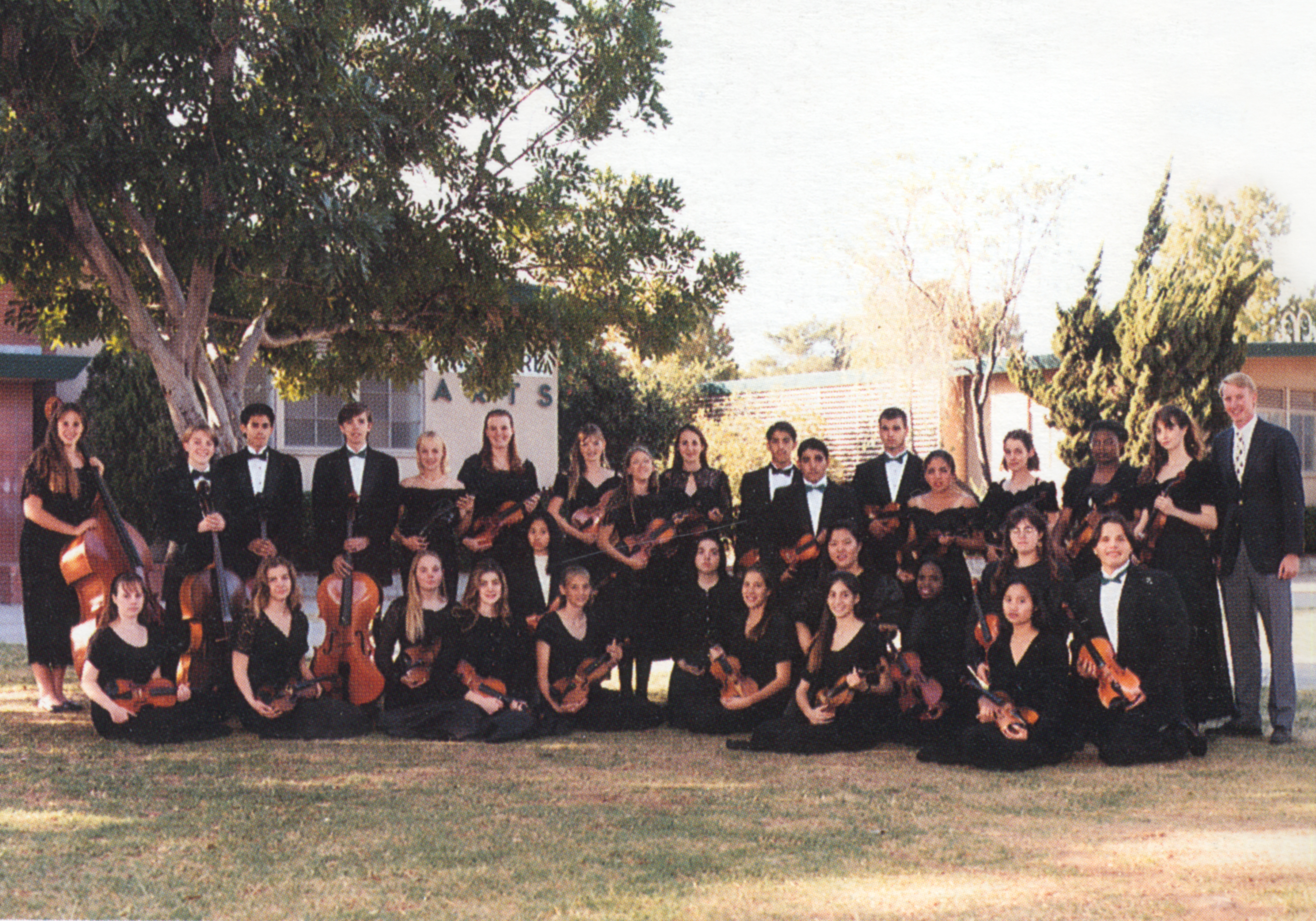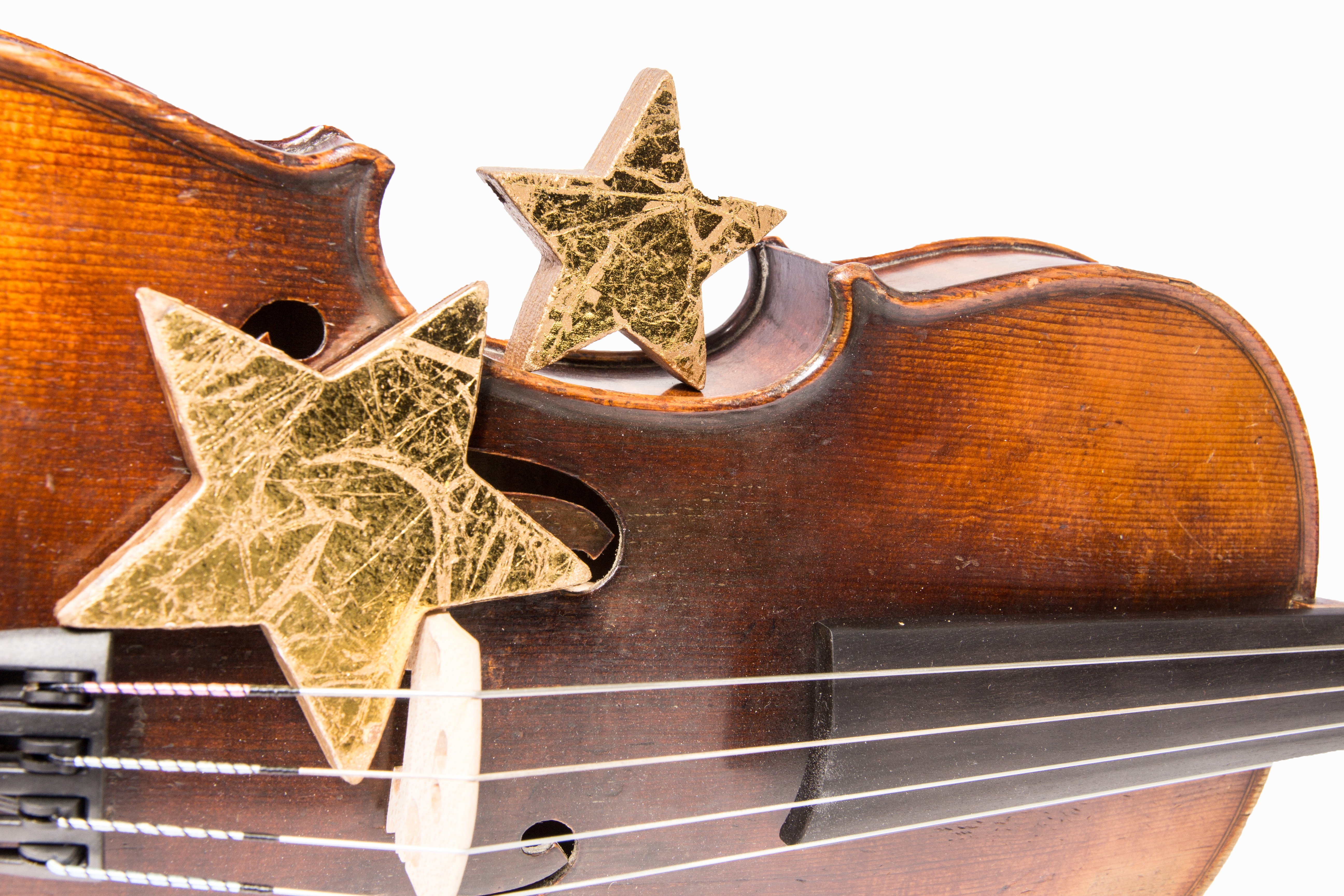Breaking New Ground by Breaking-In a New Violin
Breaking New Ground by Breaking-In a New Violin
Enjoy the beauty of a new violin beyond just good looks. Season the instrument with play and you will hear the tone open up and mature with each note.
Opening Up
It's a well-known and respected fact among strings players that new violins and other stringed instruments have to be broken-in with play for the tone to develop.
Though there are many theories which attempt to explain it and there is validity behind the science. Plate vibrations, bridge and soundpost settling into the plates, wood drying so sap pockets become air chambers, etc. But we honestly don't know why they require breaking-in. No matter the reasoning it's a no-brainer we string players accept without precise explanation and trust simply from pure experience.
Anyone who has purchased a violin fresh from the maker has witnessed amazing tonal maturity as the instrument is played regularly. A player see this change within the first few days or even hours of playing a quality new instrument. The tone will warm-up and become more rounded and deep.
Even more tonal maturity is easily apparent after 6 months and a violin is considered fully mature after a couple years of play. The longer you play it each day, the faster you will witness the tone improving.
When I was a beginner starting out I had a new violin which changed tremendously over a couple years of frequent play. Not only did the harmonics warm-up, but the tone seemed more "mature" and "solid." I have since used many new violins in recording studios and hearrd recordings which were proof of the tonal development the violins experienced.
This does not apply to all instruments, however. The new instrument in question must have been well-made in order to mature properly. A junky $200 beginner fiddle will not (maybe just barely with a lot of effort) open-up with play.
A player must carefully select an instrument from a reliable shop whose instruments' tone will further "open-up" and mature as they are played.
Musicians seeking to enjoy the many benefits of playing a new instrument may glean some knowledge from the following suggestions:
Photo: Playing your violin is the best way to bring out the best sound
1. Play it, Play it, Play it!
Simple. Just play the darn thing!
Regular, consistent play brings zest to an instrument. No one knows exactly why this is, but it's been witnessed over centuries that playing an instrument keeps it "alive."
Why do you think the top museums and shops have their instruments played daily by professional musicians to keep the tone "alive?" It just works.
Just pick it up and play it a minimum of an hour a day to witness the tone improve. What do you think we violinists do for hours each day? Sit around and pick our noses? Naw, that gets boring, even for us.
Photo: Be sure to change strings one at a time so your sound post doesn't fall
2. New Strings Breathe Life into an Instrument
Would you drive a new Ferrari with ragged all-season tires? Your strings are like the tires on a performance vehicle. Cheap or worn-out strings will drag down, or at a minimum muffle, your instrument's tone.
Therefore, it's best that you replace your strings every 6-12 months. Don't let them fade out then blame the instrument for the dull tone.
You can also experiment with different types of strings to find the tone you most prefer. My strings of choice are Pirastro Evah Pirazzi Gold for a bright sound [some colleagues choose Obligatos for a darker sound].
Photo: Our Simpatica line of beautifully balanced wood bows
3. Upgrade Your Bow
You're still using the cheap, crummy bow that came with your first violin? Naughty musician, no biscuit!
Remember the bow you use should match the instrument and that a good bow makes all the difference in the tone you produce on your instrument. Not only will you find it easier and more enjoyable to produce a better tone, but your instrument will break-in faster.
Photo: A customer's left-handed violin gets some vibrations from his sound system
4. Let your Fiddle Enjoy Your Stereo
It may sound absurd, but your instrument will benefit from a daily music listening session by the stereo speakers. Or keep your instrument in a room where the television is on much of the time. The vibrations from the speakers will cause your violin or viola to resonate and is said to speed up the tonal break-in period.
This method is applied to instruments in display cases in museums which cannot be played daily by actual musicians. The basic construction is much like the speaker suggestion above. A recording playing a range of pitches and harmonics runs though speakers under or behind the instrument. It's pretty cool to see a violin's strings and body visably vibrating as it's being ghost-played!
Photo: Rhiannon measures string height ("action") on an violin's G-string and deems it needs expert shortening by an infinitesimal but important amount
5. Adjustments & Proper Setup
In keeping with the Ferrari analogy, you need to know your instrument well enough to diagnose when something isn't running quite right or there's a funny noise coming from "under the hood."
When you first receive the instrument make sure to memorize the exact placement of the bridge and sound post. This will help you determine if the instrument requires luthier servicing in the event the instrument is ever bumped hard or dropped.
The best thing you can do to avoid luthier repair bills is to keep the bridge from warping.
Each time you tune your violin with the pegs check that the bridge remains straight, especially after major tuning changes or changing strings. If necessary, gently correct the bridge angle as you tighten the pegs as it may be pulled toward the pegs by the strings. (In fact, the bridge should lean a tad back towards the tailpiece).
If you're unsure if your violin is properly setup ask your teacher or a luthier to show you what to look for. Finally, from time to time, check for any buzzes, seam cracks, wear or any other problems. Some buzzes aren't even associated with instrument problems -- usually it's a button on a lapel or a dangling earring that is touching the violin and causing a rattling sound.
If you notice anything unusual I am happy to assist customers with any concerns via phone or email. The testmonial to the right is an example of a player who called seeking advice on what she thought was a soundpost problem. Anxious Sue came home on very cold day and discovered an incision in the soundpost she had not previously noticed and thought the post was supposed to be in the middle of the violin, not to the side. Was it broken?
Luckily, for her, everything was totally normal. The incision in the post is from the luthier installing the post and the soundpost is meant to be to the right, near the E-string. Now Sue knows what to look for on her violin to keep it out of fiddle sickbay.
With care and some maintenance you won't have to pay any unnecessary "mechanic" bills...
Photo: Our Deluxe cases are constructed with layered plywood for maximum protection
6. Careful Storage, Quality Cases and Safe Transport
While we talk about the mechanics of an instrument, it is worth mentioning storage and transport.
It can never be stressed enough how important careful storage and transport routines are to your instrument's health. What good is a gorgeous-sounding cello if you're going to trip on it in the dark and smash it to bits... That was a rhetorical question, by the way.
-
Never, never leave your instrument in the car. Big no no. BAAAAAAD viola player. Not only could it be stolen, but it could be damaged by the extreme heat, humidity, cold and dryness which are more extreme in vehicles throughout the year.
-
When travelling by car make sure the instrument will not fall over or be damaged where it is stored. Try to travel with it in the back seat on the floor rather than in the trunk or boot.
-
Don't let the airline check your fiddle. Get hostile and froth at the mouth before you let them put it under the plane. Tell them Rhiannon gave you that advice and watch airport security laugh at my little joke. Really, I'm sure they'll get a kick out of your enthusiasm for your music!
-
Really, try not to fly with your instrument under the plane. It's just a risky proposition.
-
Wrap your instrument in a cloth before putting it in its case. [Not great advice for cellists or bassists: you people should just cough up the cash and get a case with wheels so you won't break your instrument or your back.
-
Don't keep the violin in its case under your bed, where it tends to be cold and dusty. Instead find a large space on a bottom book shelf where the case can rest.
-
If you like leaving the instrument out where it is easily accessible, use an instrument holder or stand rather than resting it on its back on your cluttered coffee table or greasy dinner table. [Okay, anyone who knows me has seen me put my fiddle on my paperwork-infested office desk, but I do have a very nice violin rack which I also use].
-
Just don't leave your violin *ON* your bed. Dumb thing to do, especially if you are a teenager and prone to throwing things across the room and whacking your violin. Not naming any names... Mary...
-
Lastly, use a humidifier if extreme dryness is a concern where you live. Our Dampit is best as it goes inside the instrument and humidifies it from within.
Photo: Rhiannon loves her violin baby (2014)
7. Enjoy your Instrument!
To make it simple, just play your fiddle and enjoy it. The tone will open up and you will want to play it more every day... until the next upgrade.


